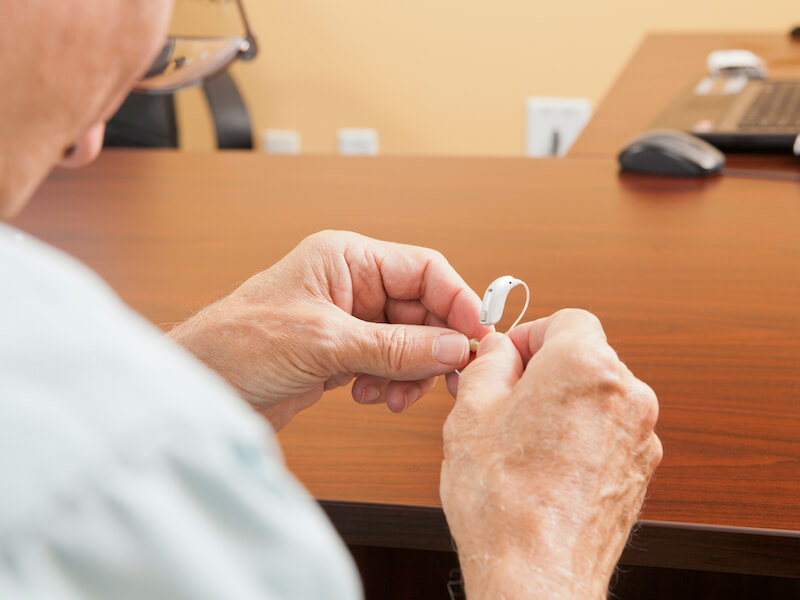
You go above and beyond to ensure your hearing aids are well cared for. When you go to bed, you always put them comfortably on the charger and you clean them daily.
Suddenly and discouragingly, your hearing aids are no longer working the way they used to. Fortunately, there are a few measures you can take to troubleshoot the problem. Not doing any further damage is your number one priority so you won’t have to replace them.
Troubleshooting your hearing aid
You kept the owner’s manual that came with your beautiful new hearing aids, right? You’ll want to pull it out so you can utilize it for troubleshooting and, potentially, maintenance. Using your owner’s manual is crucial because every model of hearing aid is different.
Here are some things you can check on most models:
- Keep your microphone clear: Check your hearing aid to find out if anything is obstructing the microphone. Your hearing aid might feedback or merely fail to work if the microphone is obstructed.
- Check for visible damage: Does your hearing aid have any noticeable loose components or cracks around its shell? Cracks, clearly, could suggest more significant damage (or let in moisture).
- Wax accumulation: Perform a visual inspection of your hearing aid to make sure that there’s no wax buildup interfering with basic operation. Even if you undertake regular cleaning, sometimes wax can accumulate quickly, so it’s worth ticking this off your list.
- Check your battery: You’ll still want to check the battery power even if you had your hearing aids charging at night. If your hearing aid has replaceable batteries, it may not be a bad idea to check if those batteries are inserted properly or if a new one resolves the problem.
Once again you can find out how to deal with each of these issues by consulting your owner’s manual. Self-maintenance is sometimes possible.
When does my hearing aid require repair?
If your hearing aid continues to malfunction after you have performed basic upkeep and troubleshooting, it’s likely that your hearing aid will have to be professionally repaired. You need your hearing aids for almost every facet of your life so this may not sound really appealing.
It’s definitely worth taking note that “repair” doesn’t necessarily mean “send your hearing aids in for service and wait several weeks”. In some instances, we can fix your hearing aid in office while you wait.
Or, depending on the extent of the damage, you could get your hearing aids back in a few hours.
There are still some cases where such rapid repair isn’t possible. A backup set of hearing aids may be needed in these situations. Perhaps you have an old pair that will do temporarily in a pinch. We may even be able to loan you a pair while you are waiting.
Don’t wait to get help with your hearing aids
If the sound quality is starting to falter, it’s crucial to get your hearing aids assessed and repaired.
Any degree of downtime needs to be avoided. Untreated hearing loss can affect your general health, and that includes your mental health. And it becomes all too easy to leave your hearing aids laying in a drawer somewhere while your hearing continues to decline.
Keeping those hearing aids in excellent working order is the key to keeping your hearing healthy. Keeping them charged, clean, and when needed, professionally repaired is the best way to do that.